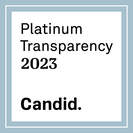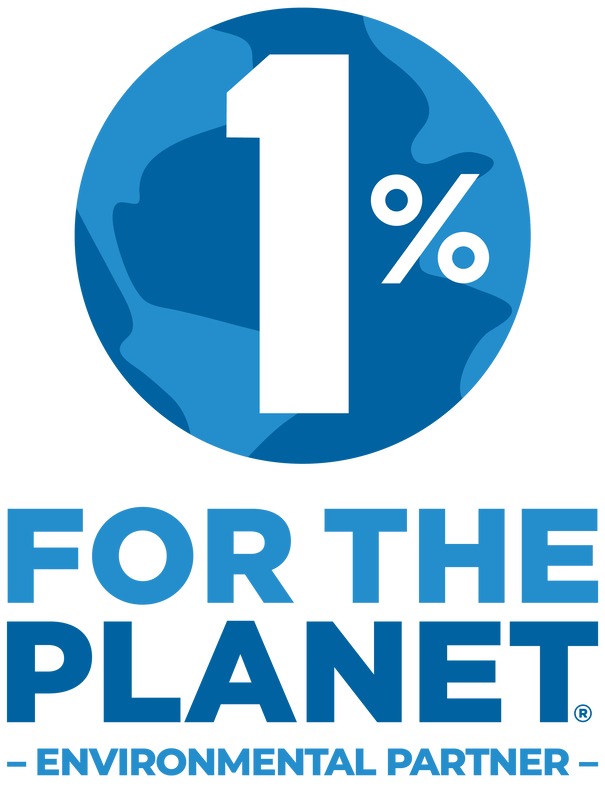|
This semester, exciting things are happening at California State University, Monterey Bay. Two Energize Colleges interns, Andrew Hurtado and Evelyn La, are driving climate projects under the guidance of Daniel Fernandez, Professor in the Department of Applied Environmental Science.
0 Comments
Strawberry Point Elementary School's Remarkable Journey to Platinum Zero Waste Certification11/27/2023 In the heart of Mill Valley, California, a school community was buzzing with excitement, and the air was filled with cheers of triumph. This was a day to celebrate, as Strawberry Point Elementary School accomplished something extraordinary—they became the very first school to earn Platinum Certification in the Zero Waste Marin Schools Program. “This means we’ve been incredible at sorting our trash!” a student leader announced to her community during the all-school assembly. “Let’s keep it going!”
By Matilda Peck On a hot day in August, I wandered through the San Francisco Botanical Garden, slightly lost. I’d come to meet the Climate Corps Education Outside (CCEO) Fellows, a group of passionate garden educators, in the midst of orientation for the 2023-2024 school year. Just as I was doubting my navigation, I heard laughter and excited voices up ahead and knew I’d come to the right place. The trail opened to a large clearing where thirty-six CCEO Fellows were gathering for lunch.
On a typically sunny San Diego afternoon, I met Dawn Wirts, a 9th grade physics teacher at High Tech High International, to drop off her air quality monitoring classroom kit. She offered me a campus tour and excitedly showed me around the school’s bright entryway, greeting almost every student along the way. During this first visit, the hallways were empty of the environmental murals and activism art that would soon fill them as a result of Dawn’s students’ participation in Energize Schools' annual People and Planet Challenge and Air Quality Program.
In partnership with the Zero Waste Schools Program, SEI helps schools in Marin County, California, reach their zero waste goals. Our schools compost organic materials, recover edible food, and educate students about waste sorting practices. But none of these initiatives would be possible without our zero waste superheroes: the custodians!
Helping with waste reduction, sorting, and pick up, custodians are the people who make zero waste initiatives possible and move them forward behind the scenes. We are so grateful for their work. Our team is proud to spotlight three custodians who are doing an outstanding, above-and-beyond job supporting students on their waste sorting journey. Spearheaded by their co-leaders, Timothy Lee and Trinity Ly, Summit Shasta‘s Environment Club conducted a four-day waste-sorting audit (seeing what waste could have been recycled or composted rather than thrown into the trash) to educate the school community on the importance of recycling and composting. Their resulting campaign was announced a winner of the of SEI's Earth Day Challenge.
SEI is proud to share about the incredible and inspiring sustainability leaders who serve on our board. Today we are shining the spotlight on Elaine Ikeda, Executive Director of LEAD California. With her 30+ years of experience in higher education, Elaine is serving the public good and building a more just and equitable democracy for all.  Elaine K. Ikeda Elaine K. Ikeda Elaine K. Ikeda has led LEAD California (formerly California Campus Compact) since 2000. She has 30+ years of experience in higher education — conducting research on volunteerism, service-learning, and community service, and designing retreats, workshops, and learning communities for college faculty, administrators, staff, and students. She has co-authored several journal articles and book chapters on service-learning, community engagement, and student development. She holds a Master of Public Health from CSU, Long Beach, and a master's degree and doctoral degree in Higher Education from UCLA. When I met Sam Huang, a senior at Rosemead High School in Rosemead, CA, their passion for encouraging climate action shone through immediately. Though just a few days from graduation, Sam was thinking about how to support their garden club with summer volunteer work before heading off to college to study education. Sam and I spoke soon after they were announced as the Southern California winner of Energize Schools' Earth Day Challenge for their social media campaign urging their school community to improve their local and global environments through small changes to their daily habits.
By Juan Miranda, Climate Corps Fellow Juan Miranda is an Energy and Sustainability Associate Fellow for San Timoteo Energy Associates. 1. Reduce Your Carbon Footprint
Commercial and residential buildings account for approximately 30% of greenhouse gas emissions in the United States. Depending on your organization, buildings could represent the majority or close to the entirety of its carbon footprint. Therefore, decarbonizing your buildings may be the most important step you can take to contribute to global efforts to address climate change and build a better world for future generations. The campus of Terra Linda High School (San Rafael, CA) was buzzing with excitement on the evening of April 25. Students, families, and friends flocked to the student commons, where the Marin School of Environmental Leadership (MarinSEL) was hosting its annual Green Business Leader’s event. The event is an opportunity for MarinSEL students from the junior class to showcase their sustainability-focused businesses to the local community. This year, student products ranged from eco-friendly surf wax, to tea with biodegradable bags and recyclable packaging, to tote bags composed of repurposed clothing. The display of sustainable enterprises left family, friends, and fellow students in awe.
|
Get In TouchDo you know an environmental leader who should be featured in a story? Reach out to [email protected]. Categories
All
Archives
April 2024
|
Get Involved
|
Contact Us
|
SEI Headquarters
100 Smith Ranch Road, Suite 124 San Rafael, CA 94903 Phone: (415) 507 - 2181 Email: [email protected] States where we work:
Arizona California Colorado Indiana Maryland New Mexico New York New Jersey North Carolina Oregon Washington Virginia |
ConnectSubscribe to the SEI quarterly newsletter to get involved and receive updates
|
SEI is a 501(c)3 nonprofit organization.

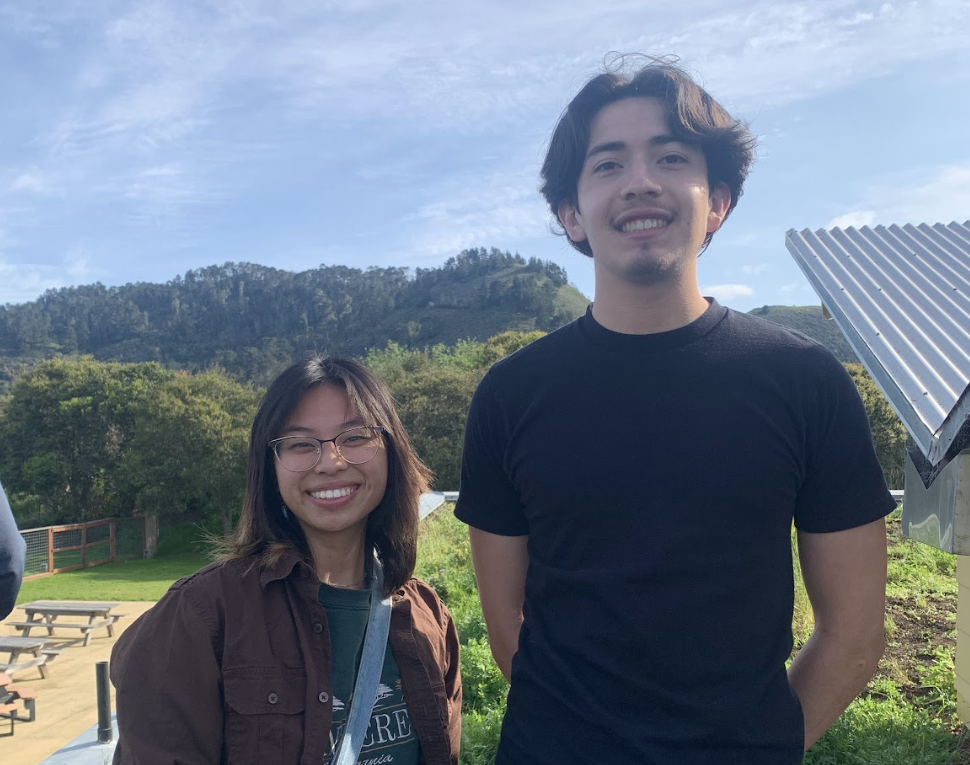
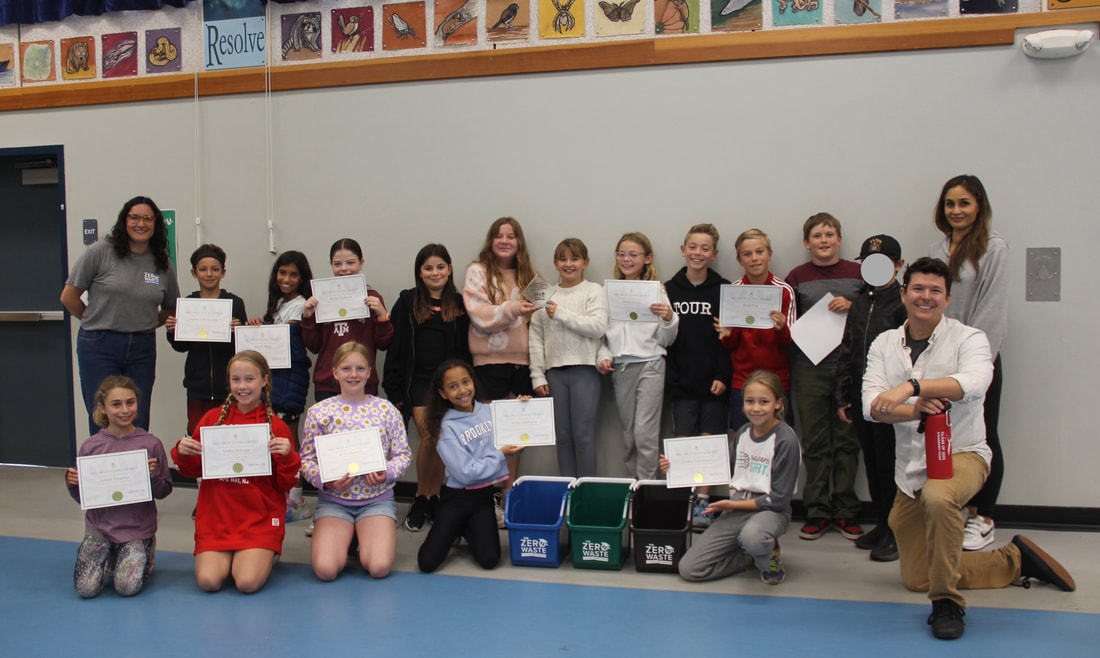
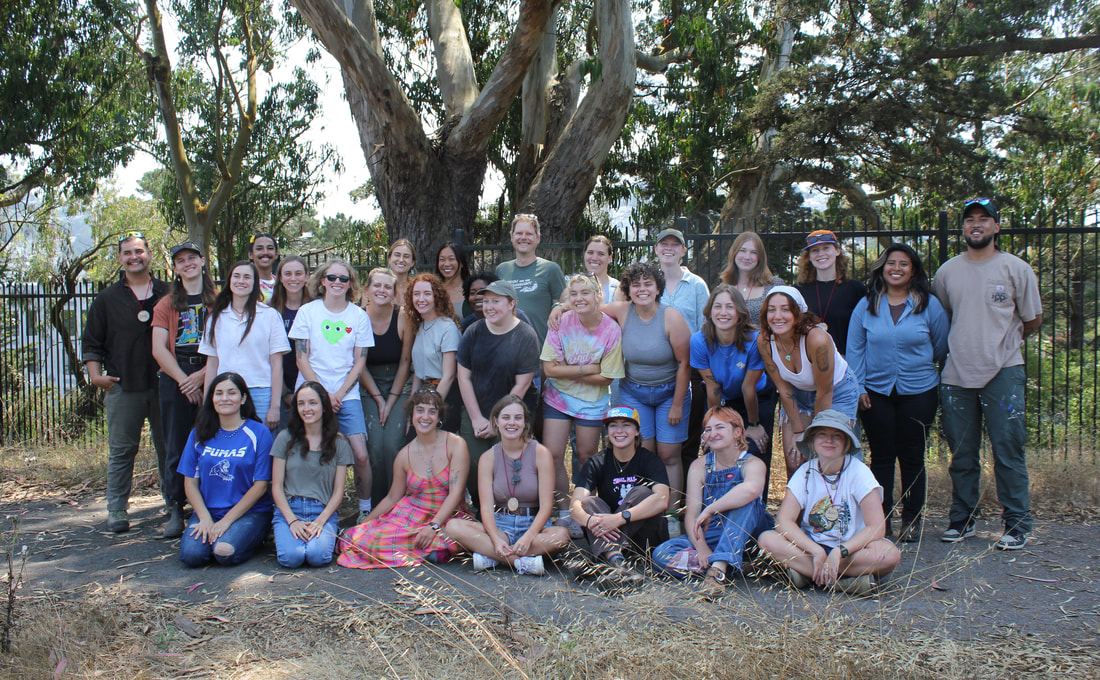
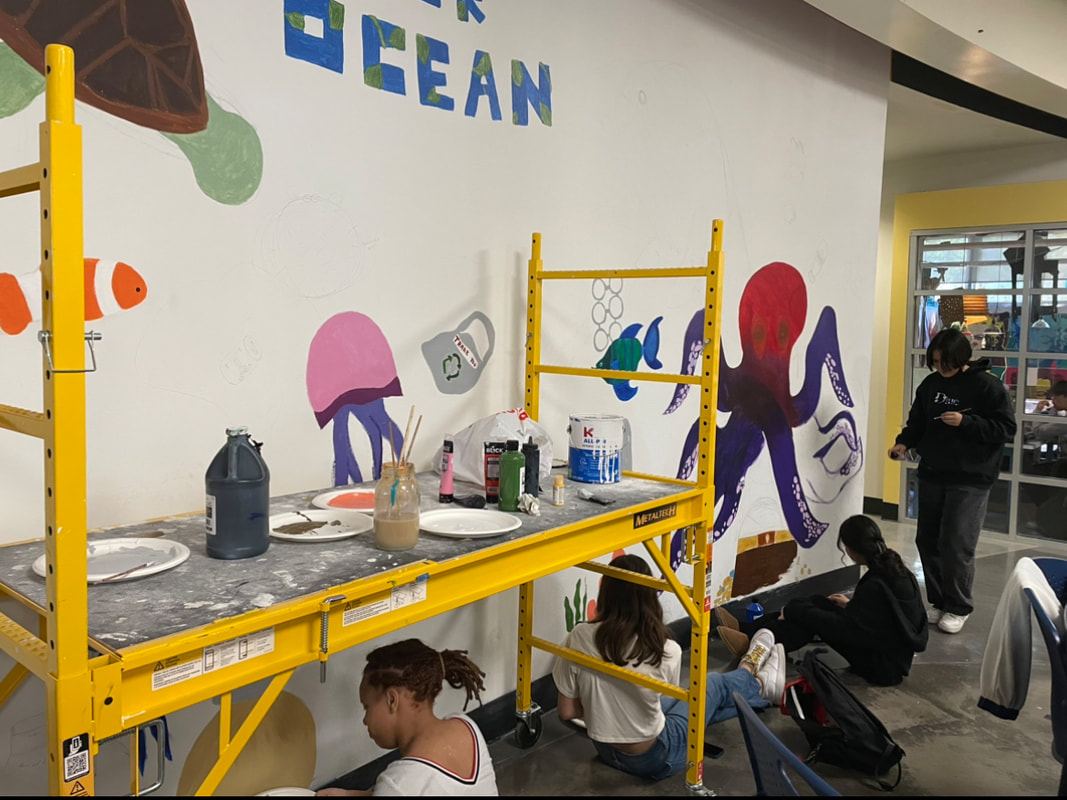
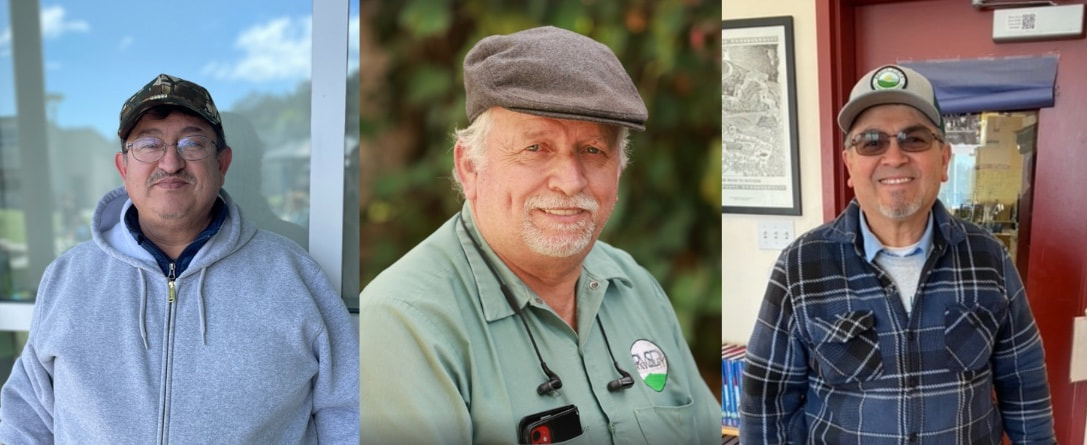
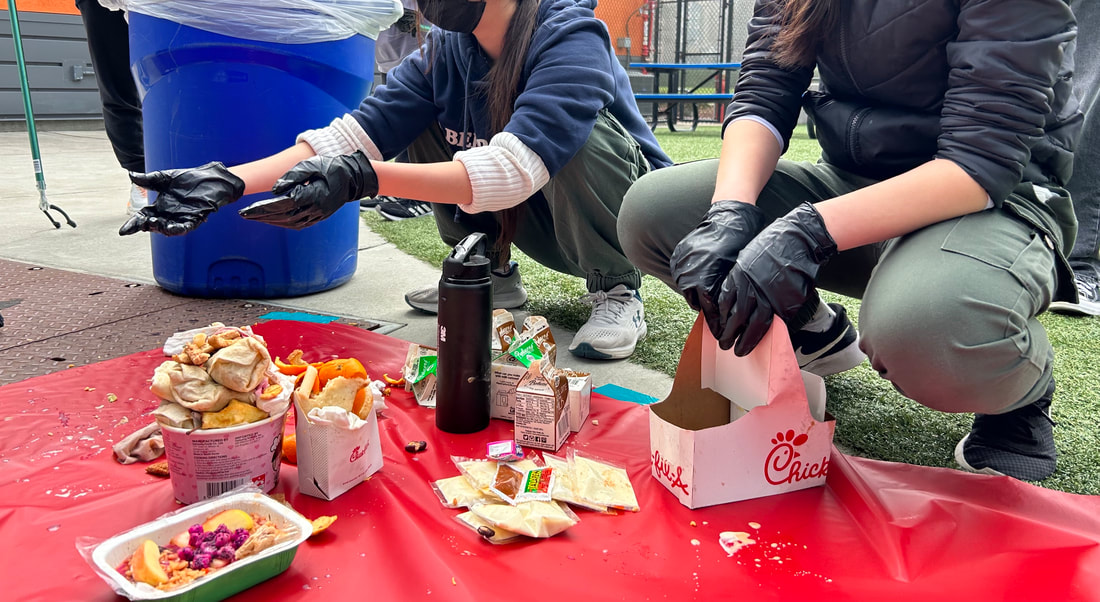
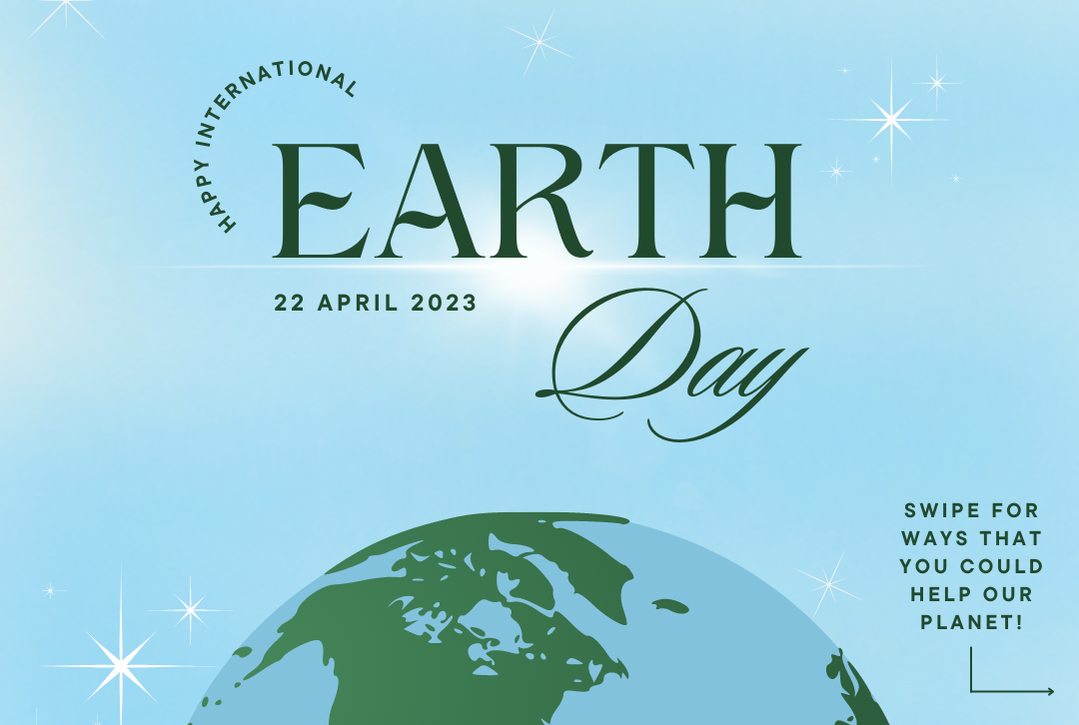
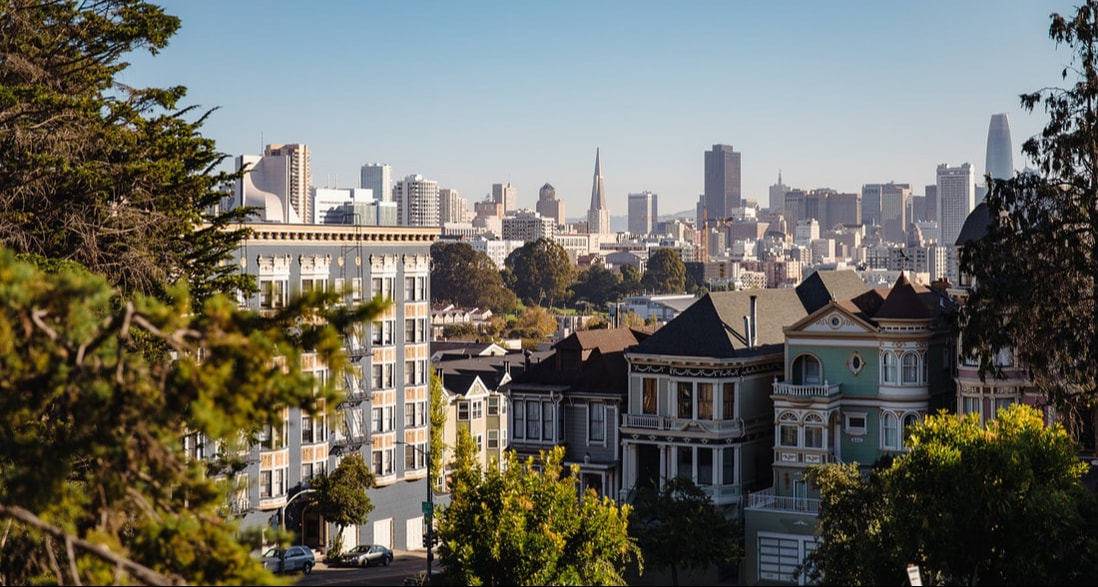
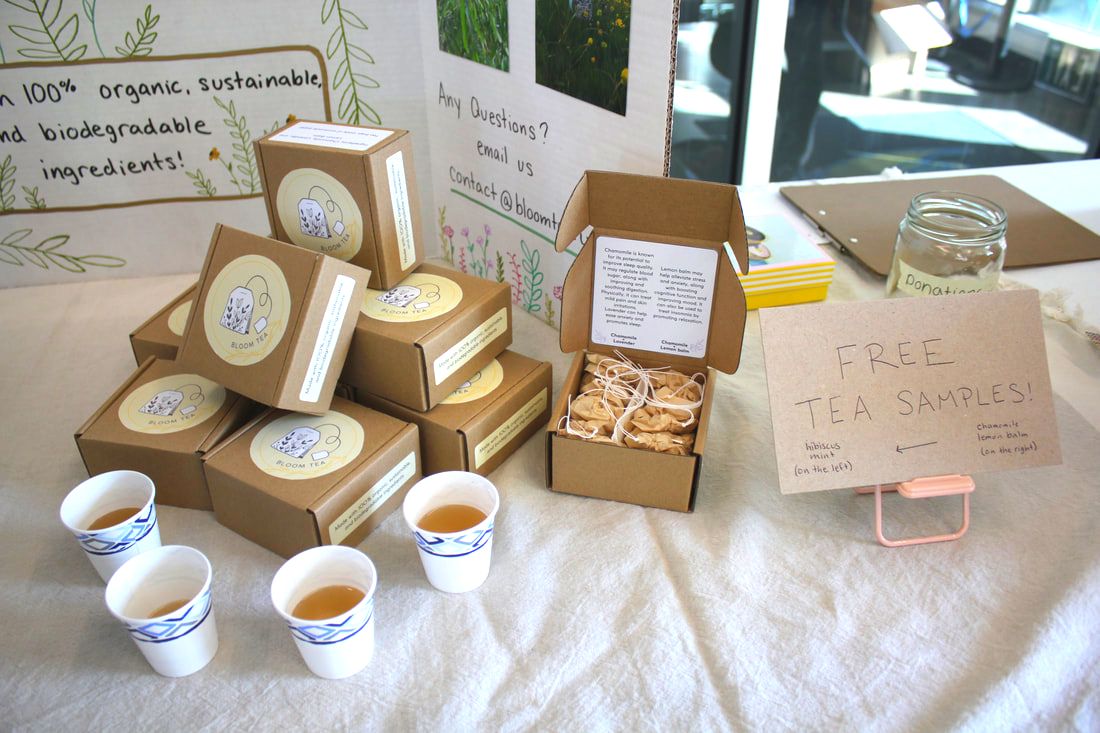
 RSS Feed
RSS Feed
